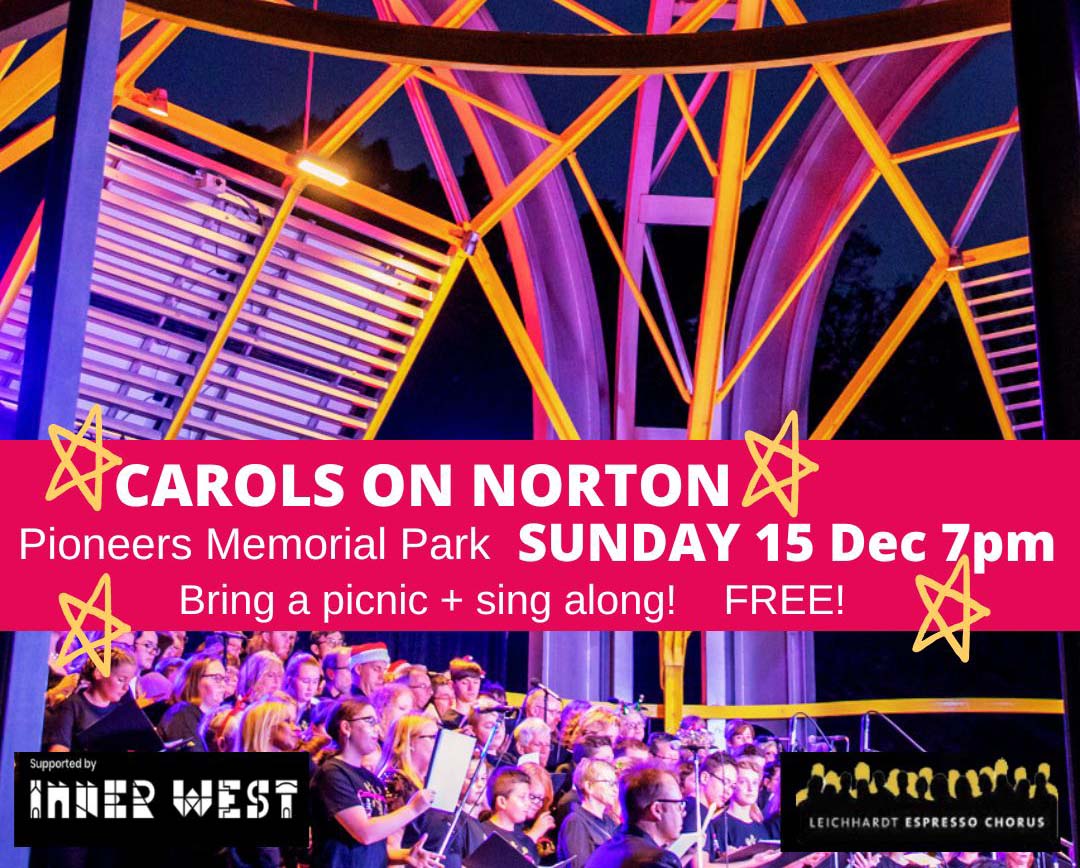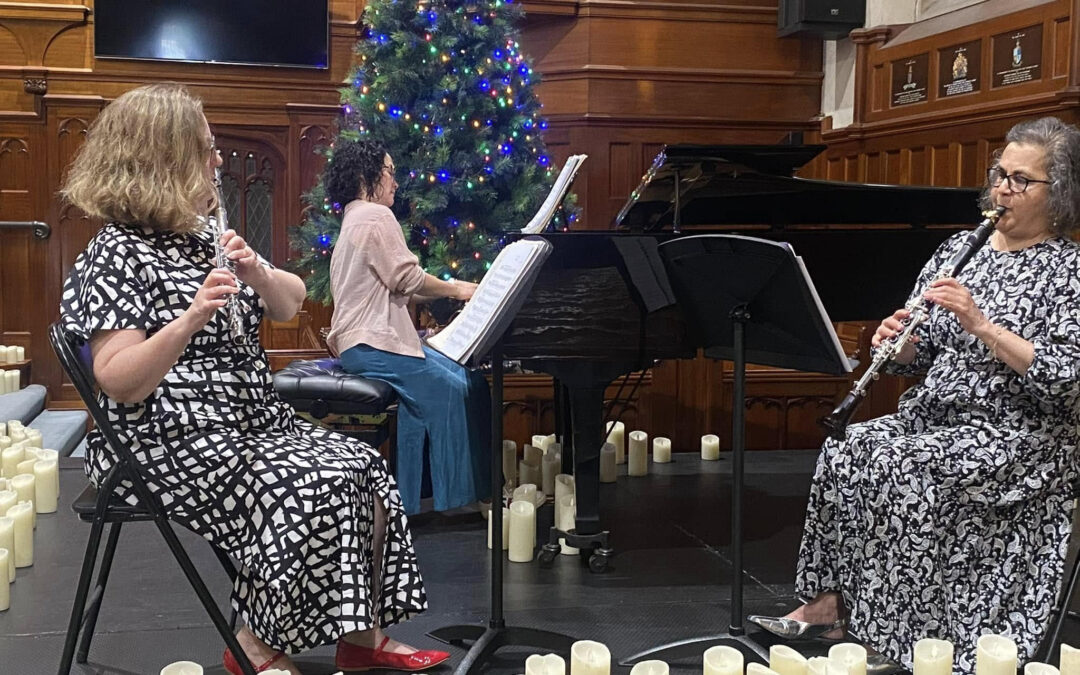Duncan Gifford now lives in Madrid but returns to his native Australia annually. He has the distinction of being the highest placed Australian in the Sydney Piano Competition when he came third in 1992 as well as numerous other competition successes. Susan Collins has performed as a violin soloist in Australia, Europe and USA as well as conducting the Sydney Youth Orchestra among others. Sue-Ellen Paulson has had an international career as a solo cellist as well as being leading cellist for the Australian Chamber and Adelaide Symphony orchestras.
Together, they perform a series of concerts each year and this concert under the auspices of the Sydney Mozart Society was a high point.
It is hardly surprising considering this pedigree that the three artists gelled so brilliantly in a faultless performance with perfect timing and sensitivity which was heartily appreciated by a well packed audience.
Programming in the Society’s concerts is always well thought out and balanced and on Friday, we started with Mozart’s Trio in G K564 which is thought to have started life as a Piano Sonata. It is a fairly simplistic work for a later piece and in the first movement, the two strings play mostly together as if the left hand of a piano. The second is a theme and six variations and, here, all three instruments intertwine individually with the last variation particularly exhilarating. The last movement is an Allegretto with a catchy theme in Waltz time, more typically Mozartian than the other two but all too short.
Beethoven was in the later stages of his “middle” period when he wrote his Piano Trio in D known as the “Ghost” and it remains one of his best known works with it’s economy of construction continually drawing the listener’s attention. A rising Arpeggio like introduction quickly morphs into a plaintiff theme first on the cello and this theme is beautifully handled throughout the first movement. It is the very slow second movement which has the ghostly character with demonic piano trills and frequent modulations and major chords on the piano against minor on the strings. The presto third movement is short but none the less captivating and provides a suitable contrast to the second.
After the interval, we were treated to Schubert’s Notturno D 897, about which a lot has been written about the origin and intentions. There is no doubting its similarity to the slow movement of the String Quintet in C with its querulous main theme, almost as if demanding completion but hanging in the air. Modulations into the major mode are also similar as are the use of pizzicato. It has a quality though that makes it easy listening as a stand alone piece.
After this Smetana’s Piano Trio in G minor was quite a quantum leap although it was written less than fifty years after the previous two pieces. The composer acknowledged that the work was written as a tribute to his daughter’s death at the age of four and this shows itself from the start with the first movement’s sad first theme. It is not all doom by any means and a lighter theme is introduced by the cello although the somber theme becomes more pronounced to end the movement after a Piano cadenza. A typically Bohemian polka forms the basis of a second movement which is effectively interrupted by two Trios the first born from the main theme from the previous movement and the second majestic and march like. The finale is played at a breakneck speed with several intertwined themes played by the instruments separately and in unison and after a short funeral march ending optimistically in a major chord.
The excellent playing and thoughtful programming made for a highly enjoyable, indeed memorable evening.
Review for:
![]()
Sydney Mozart Society: Duncan Gifford Susan Collins and Sue Ellen Paulsen | 25 August, 2017 | The Concourse Theatre, Chatswood
![]()





























